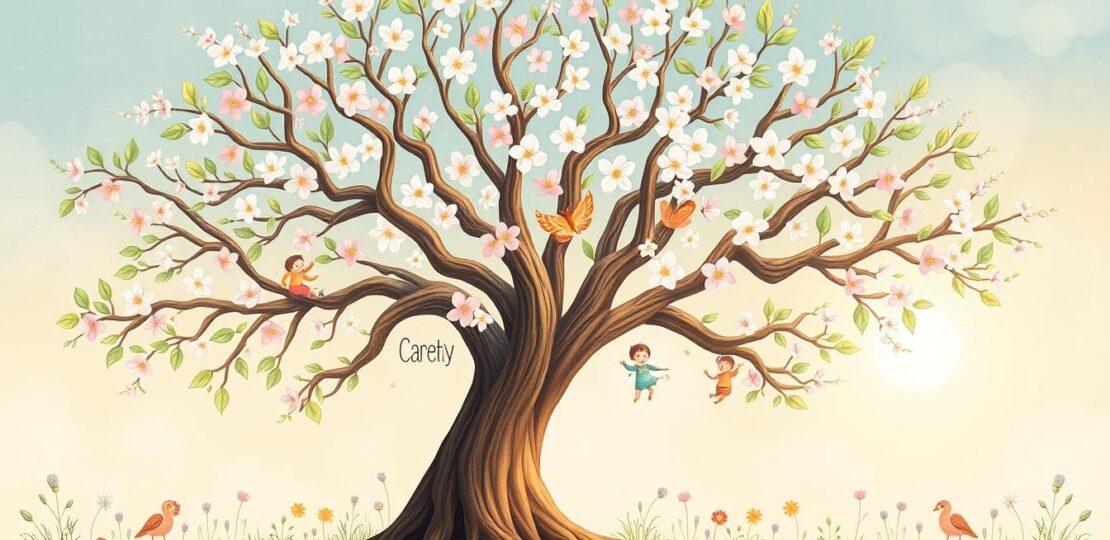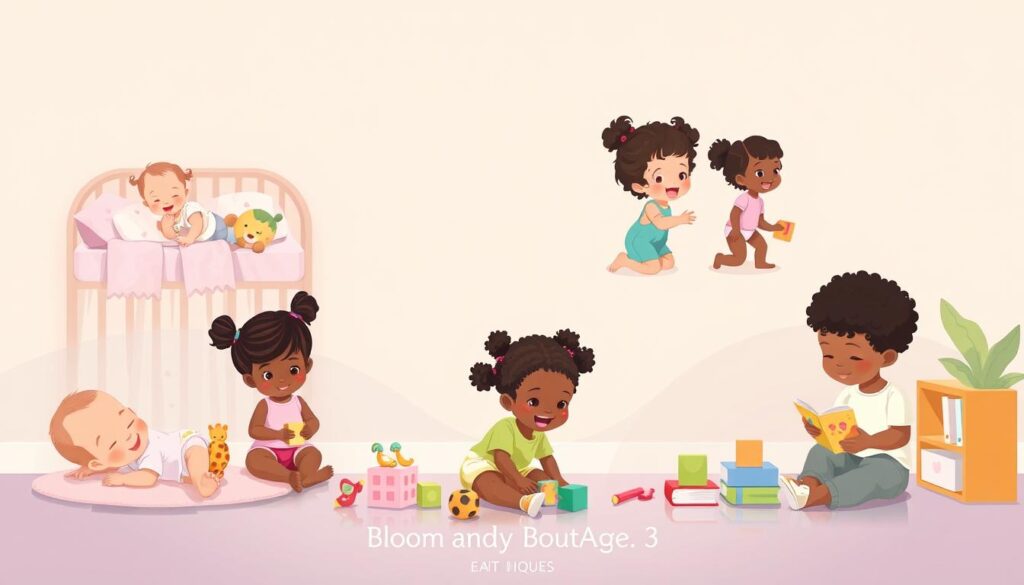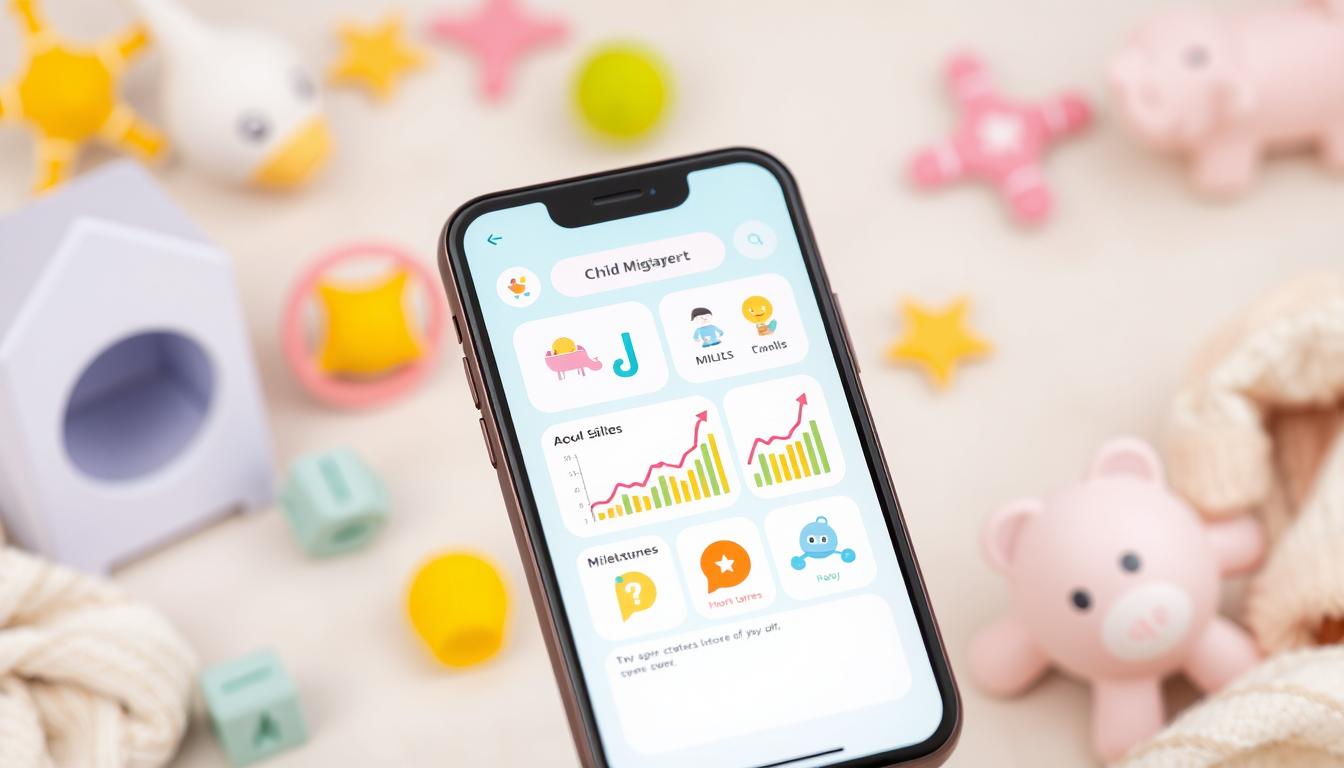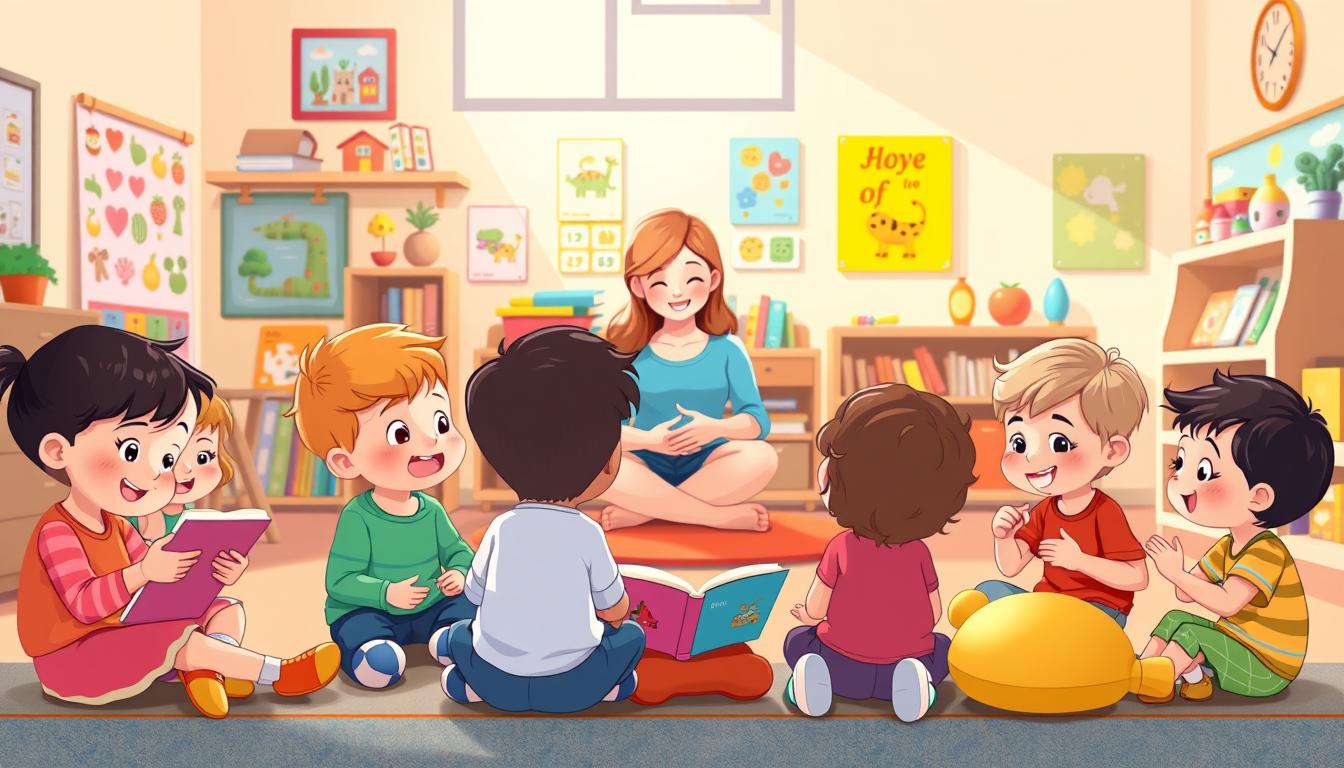Child Development & Milestones: Ages and Stages Guide

Watching a child grow is exciting and a bit scary. This guide helps us understand child growth from birth to early childhood. It shows how to support our kids as they grow into happy, healthy people.
Key Takeaways
- Tracking child development is key to spotting delays or needs for extra help
- Parents and caregivers are vital in helping a child grow with love and care
- Genetics and environment both shape a child’s growth in many ways
- Every child grows at their own pace, and milestones are just guides
- Knowing the growth stages helps us give the right care and activities for our kids
Understanding the Importance of Developmental Stages
Child development is a journey filled with milestones and growth. It’s about how genes and environment work together. As parents, knowing these stages is key to helping our kids grow well.
Why Tracking Development Matters
Developmental monitoring helps spot issues early. It lets us help our kids on time. Watching how they grow helps us know what they need and how to help them.
Role of Parents and Caregivers
Parental involvement is very important. We help our kids grow by being there and supporting them. Our actions help them develop socially, emotionally, and intellectually.
Nature vs. Nurture in Child Growth
The mix of genetic factors and environmental influences is fascinating. We can’t change our kids’ genes, but we can make their environment better. This way, we help them grow and reach their goals.
“The most important period of life is not the age of university studies, but the first one, the period from birth to the age of six.”
– Maria Montessori
Physical Development Through the Years
Children grow and show amazing motor skills and coordination as they get older. From being babies to young kids, these physical milestones show how well they’re doing.
Babies start with simple moves like grabbing and looking for food. Then, they do things on purpose like sitting, crawling, and walking. Toddlers and young kids get better at running, jumping, and moving around.
Kids also grow taller and heavier in spurts. These growth spurts happen at different times for each kid. Things like genes, food, and health play a part. Watching these physical milestones helps parents see if their child is growing right.
“Watching a child grow is like seeing a painting come to life. Each new move shows how amazing our bodies are.”
Knowing about physical milestones helps parents support their kids. It helps them teach good habits and find fun ways to improve motor skills and coordination.
Child Development & Milestones: From Birth to Age 3
The early years of a child’s life are full of growth and learning. From the first months to toddler years, it’s a time of big changes. This period sets the stage for a lifetime of learning and discovery.
Newborn Development (0-3 months)
Newborns have many special abilities and newborn reflexes. These help them find food and react to sudden sounds. As they grow, they start to look at faces, follow movements, and know familiar voices.
Infant Growth (4-12 months)
In the first year, infant milestones like rolling over and sitting up happen fast. Babies start to explore, learn about cause and effect, and bond with their caregivers.
Toddler Progress (1-3 years)
The toddler development stage is full of activity and growth. Toddlers start to walk, talk, and play make-believe. They become more independent and learn new skills.

“The first three years of life are a period of incredible growth in all areas of a baby’s development.”
Knowing about the early childhood stages helps parents and caregivers. It lets them give the support and care young children need to grow well.
Social and Emotional Growth Markers
Children grow up, and their social and emotional growth is key to their happiness. We will look at important milestones in emotional intelligence, social skills, and attachments.
Emotional intelligence is vital. It’s about knowing and managing one’s feelings. Children start to understand their and others’ emotions. This is the start of empathy, a big social skill.
Attachment is also very important. It’s the bond between a child and their caregiver. We will see how secure attachments help children feel safe and trusted. This is important for good social interactions.
As children grow, their social skills get better. We will see how they learn to interact and work with others. Knowing these milestones helps parents support their child’s social growth.

“The most important thing that parents can teach their children is how to get along without them.”
– Frank A. Clark
Emotional intelligence, attachment, and social skills are all connected. They help children deal well with the social world. By celebrating these milestones and supporting them, we help children grow strong and resilient.
Cognitive and Language Development Stages
Children grow fast, and their minds and language skills grow with them. They learn new things and find new ways to express themselves. Let’s explore the exciting milestones in these areas.
Memory and Learning Patterns
Infants start by remembering faces, voices, and routines. This is the start of their learning journey. As they get older, they remember more and can follow simple instructions.
They even start to understand basic ideas. This is all part of their growing memory and learning skills.
Speech and Communication Milestones
Watching a child learn to talk is very exciting. Babies start with sounds and then say their first words around a year old. After that, they learn more words and start to talk in short sentences.
This growth in language helps them share their thoughts and needs. It also helps them do well in school later on.
Problem-Solving Skills Development
Children learn to think and solve problems as they grow. Babies explore and learn about cause and effect. Toddlers start to solve more complex problems, like puzzles or mazes.
These skills help them think critically and solve problems. They are important for success in life.
FAQ
What is the purpose of this child development guide?
This guide looks at child growth from birth to early childhood. It covers physical, social, emotional, and cognitive milestones. It helps parents and caregivers support their child’s healthy growth.
Why is it important to track a child’s developmental progress?
Tracking a child’s growth is key. It lets parents know how their child is doing. It helps spot any delays and make sure the child meets important milestones.
What is the role of parents and caregivers in a child’s development?
Parents and caregivers are very important. They create a safe and loving space. They meet the child’s needs and help them grow in many ways.
How do genetic factors and environmental influences impact child growth?
Child development comes from genes and the environment. Genes set the start, but the environment shapes how they grow. Things like care and experiences are big factors.
What are some key physical development milestones to expect in early childhood?
Early childhood brings big physical milestones. Kids get better at moving and using their hands. They also grow taller and stronger.
What can parents expect during the newborn, infant, and toddler stages of development?
Newborns show early signs of life and start to communicate. Infants grow and learn more, forming close bonds. Toddlers start to walk, talk, and explore the world.
How does social and emotional development unfold in young children?
Young children start to form bonds and learn about themselves. They also learn to express feelings and understand others. This helps them grow emotionally and socially.
What are some key milestones in cognitive and language development?
Kids learn to remember, speak, and solve problems. These skills are linked and help them grow intellectually. They prepare kids for school and learning.
RELATED POSTS
View all

